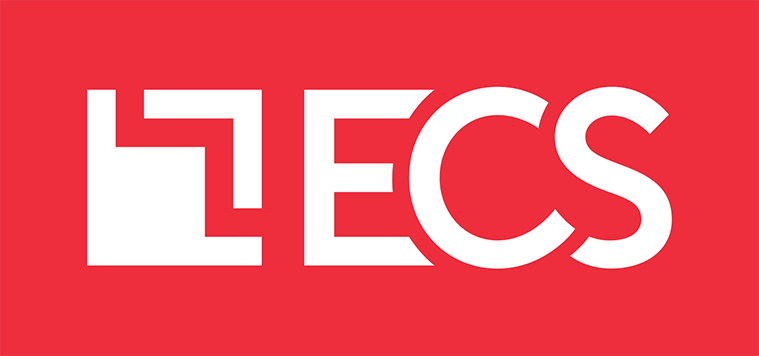By Chitra Raghu
Director, Federal Health and Safety
As federal agencies look to modernize critical, legacy IT systems, the conversation quickly turns to fixing technology. Cloud, Agile, DevOps and DevSecOps, microservices, artificial intelligence (AI), and machine learning (ML) become key talking points. But this leaves out the most important element of modernization: the mission.
Most legacy systems and applications used by federal agencies were originally designed for a core mission. But over time, that mission front may have grown, or evolved. The introduction of critical safeguards, add-ons, and system redundancies; the digitization of information; and simple operations and maintenance (O&M) can result in costly failures. As enhanced customer experience, expanded service delivery options, and continuously improving business operations increasingly become the norm, agencies must modernize to continue to support the mission.
But how can agencies accomplish this goal without introducing even more risk?
It took years to reach a functional yet unmaintainable state, so modernization cannot only be a short-term game.
Those implementing an IT modernization strategy must account for the environment and complexity of the federal mission space. Successful modernization relies on a long-term plan that starts at the top, with a clear emphasis on mission. This plan must be based on a complete vision of the future state that expects and allows for unknown changes to come.
While a long-term strategy should incorporate a structured roadmap, agencies must be careful not to buy into a fixed waterfall method that only expects long-term wins. Using Agile best practices throughout the modernization effort—focusing on efficiency and short-term successes—will build on achievement and feed into overall mission effectiveness.

Modernization strategies that focus first on technology do not solve underlying problems; successful strategies focus instead on the mission.
Technical requirements themselves do not result in successful modernization—they simply lead to a more complex “as-is.” Instead, agencies must focus on business requirements as a starting point, then break down the problem into systems and data that will support core mission functions. In doing so, agencies create space for new approaches that are not only scalable but also adaptable to change. A top-down approach to modernization should run parallel to existing O&M. This is the only strategy that has proven successful for federal agencies.

Efficiency in process and performance is the metric that matters most.
Efficiency is a mission enabler, focused on maximizing the work that can be done in a day, hour, or minute. A modernization strategy that does not center on the mission leaves end-users stuck working through multiple redundant processes, resulting in delay or failure. Every modernization journey should focus on supporting the mission through increased productivity, not for the IT staff, but for the front-line operators.
ECS, a leading information technology provider delivering solutions in software development, IT modernization, cloud, cybersecurity, and science and engineering has the capabilities and depth of experience to take on the toughest challenges. Our company’s highly skilled teams solve complex mission-critical challenges for customers across the U.S. public sector, defense, and commercial industries.






